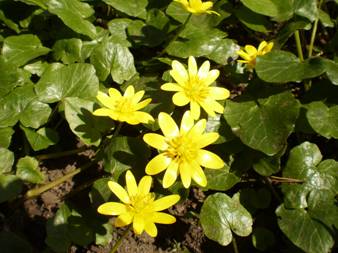
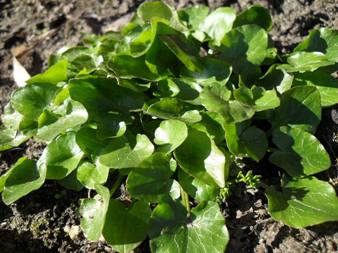
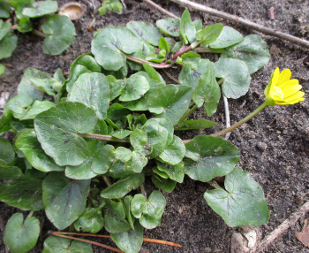
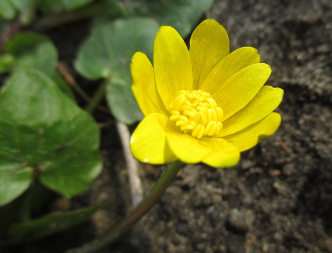
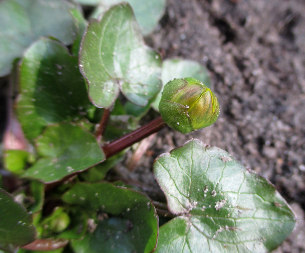
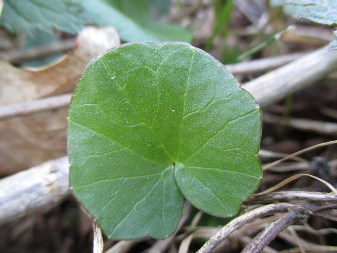

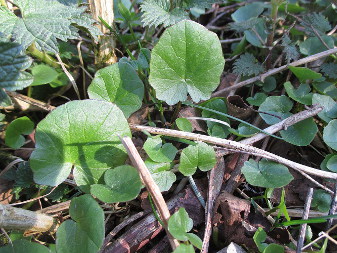
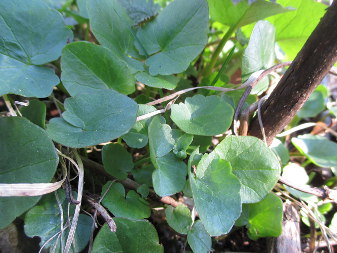
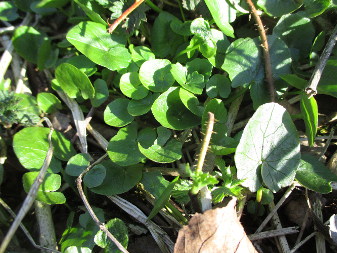
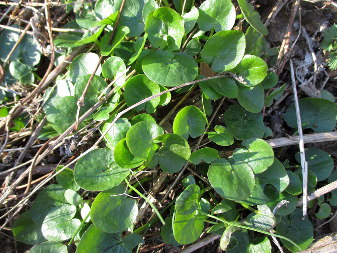
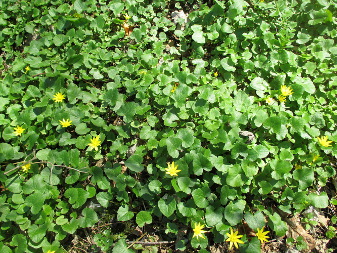
Lesser Celandine, Fig Buttercup (Ficaria verna), fam. Ranunculaceae.
Grown in the city garden beds, sometimes covering the soil completely. Also occurs in some areas of the forest, most frequently – around the dam through the Darnytsia stream on the way to Rybne village. This plant has many rare features, among them the inconstancy of the petal number (usually from 8 to 12, whereas most plants have constantly 4, 5 or 6); physiological immaturity of the seeds, which need several months after falling to ripen completely; easiness of propagation from buds and rhizomes.
Lesser Celandine has diuretic, antiinflammatory, light laxative, analgetic, and wound-healing action. It is toxic, though much less than the related Buttercup, Pasqueflower, Field Larkspur, and Clematis. There are recipes of salads from lesser celandine leaves, but they are controversial – first source may say that the leaves are edible only while very young; second – oppositely, only after blooming; third – that raw leaves are always somewhat toxic, but cooking destroys all traces of poison. As a conclusion – it is better not to risk with them at all.